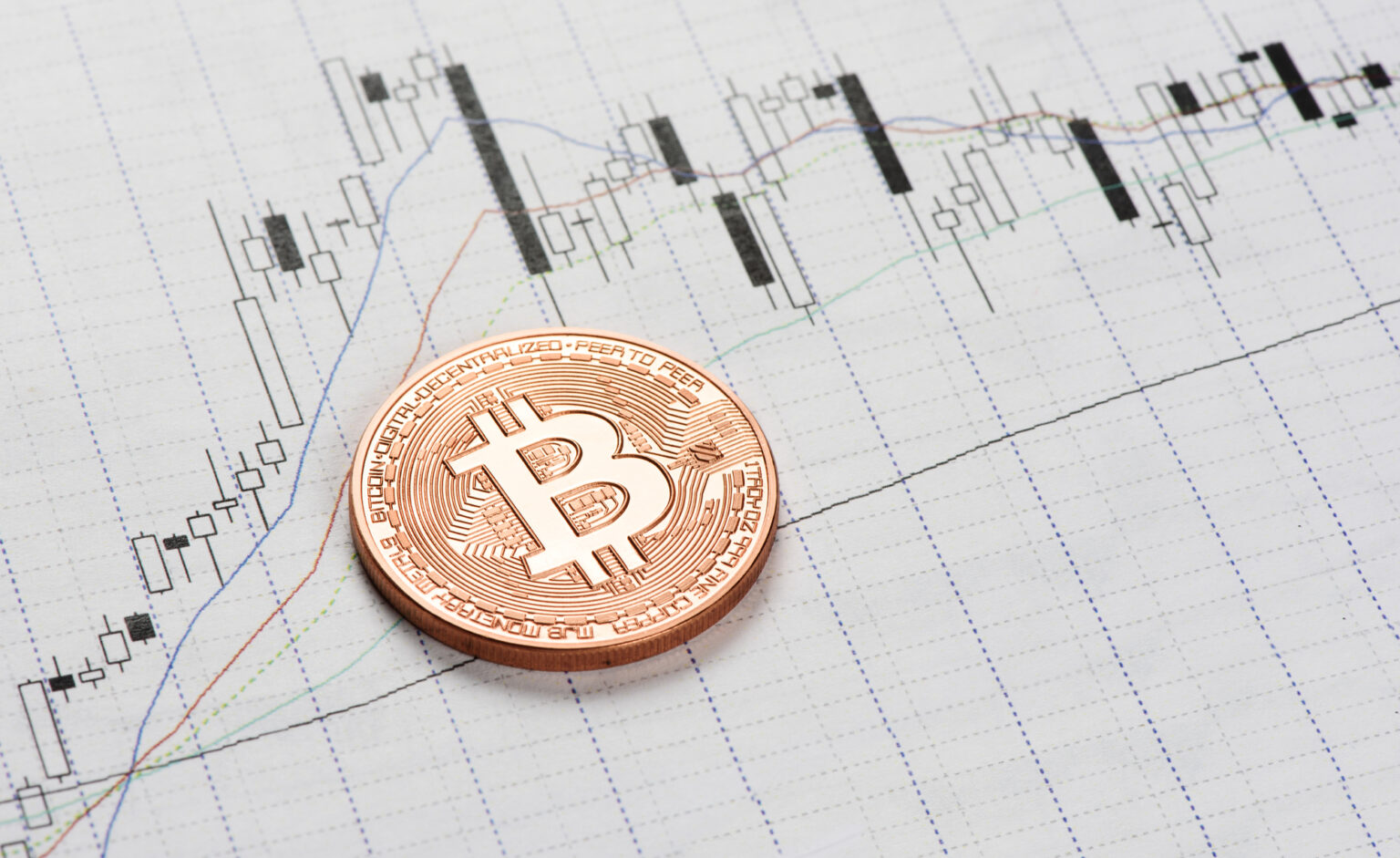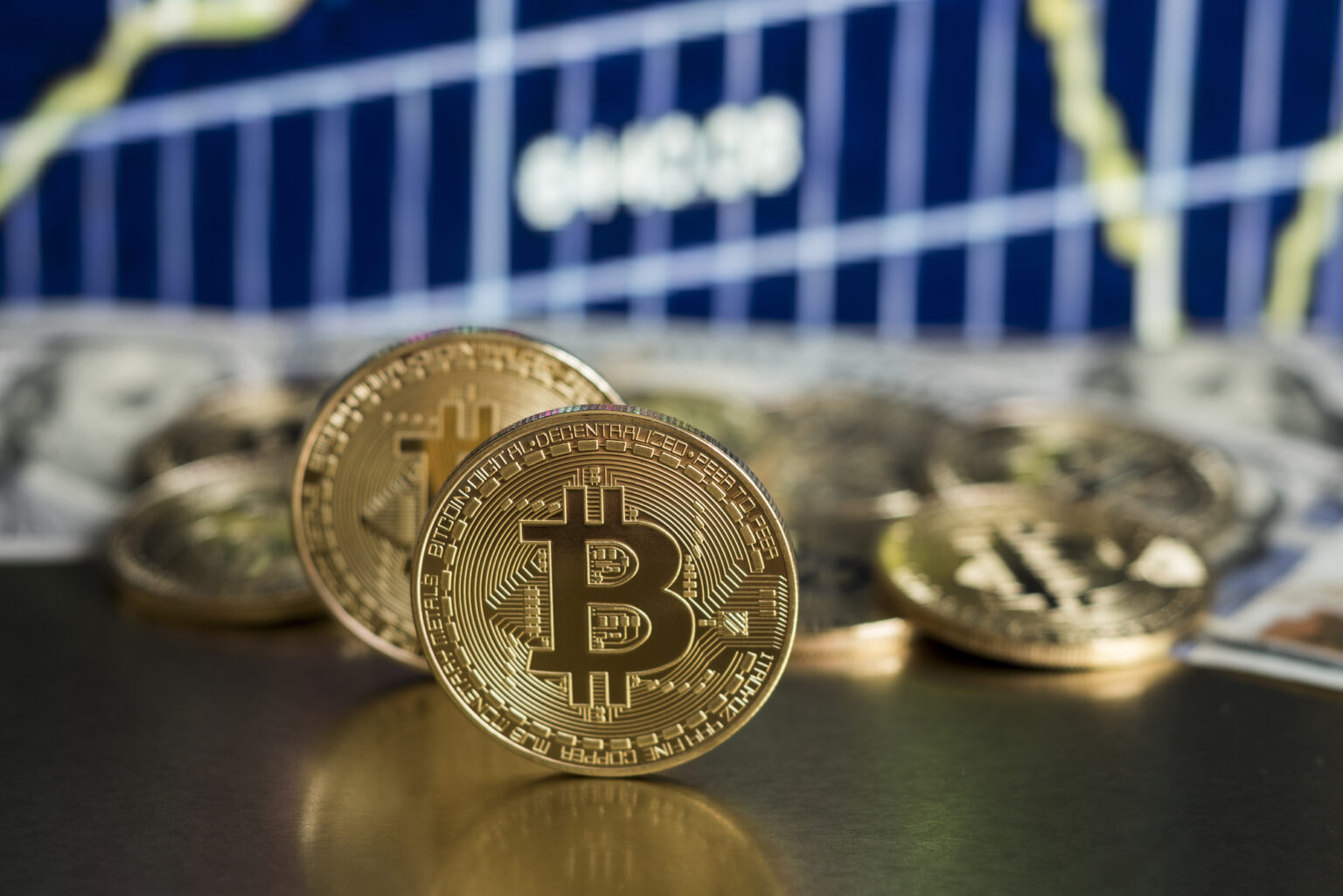Ethereum’s future switch to Proof-of-Stake is generally seen as a milestone for the network, even though it includes sharp trade-offs.
Author: James Butterfill
A look at the anti-inflation measures taken by the FED and the market’s reaction to them, particularly for Bitcoin and other real assets.
Quantum computers are much more powerful than traditional machines. An analysis of the risk this poses to Bitcoin and blockchain technology.
Bitcoin remains a young asset that’s merely going through phases of discovery and adoption. Analysing its different market cycles.
Institution adoption of Bitcoin has steadily increased throughout the past year. A deep dive into the 3 most important factors to watch.
Bitcoin has progressed through several phases of differing usage over the past decade. What started as a peer-to-peer payment network soon transformed to a digital store of value. To be used as money in everyday transactions, external solutions such as the Lightning Network are crucial. Widespread usage of bitcoin as money requires it to be useful as such. For bitcoin to reach its final monetary form, it is not sufficient to be a store of value alone (as is currently the case with gold), it also needs to be a viable medium of exchange. As part one of this article…
Bitcoin’s usage growth over the past decade has been strong and steady. On this journey, from its humble beginnings, Bitcoin has progressed through several phases of differing usage. To become a fast and accepted means of payment, it needs solutions such as the Lightning Network. Starting as a worthless geeky collectible, Bitcoin soon moved to a niche instrument of speculation, before graduating to its more recent and increasing use as a store of value, or digital gold. Such progressions inches Bitcoin ever closer to the final and most valuable use case: A global and widely used new form of money.…
We remain unsure as to what will happen to inflation in the coming 5 years, but we see adding real assets as a prudent measure to protect portfolios from the tail-risk that inflation runs out of control. The role of Bitcoin as a store of value and hedge against inflation. Signs of a potential inflationary problem are beginning to reveal themselves, most notably the tightening employment conditions (and consequent rise in wages) coupled with rising producer prices across the globe. However, investors remain divided, with the outlook for inflation falling into two schools of thought: those that believe the inflation…
Central banks are concerned that they may lose the race for digital currencies to a private digital currency like Bitcoin (BTC). But Bitcoin and CBDCs are very different, with the former being of fixed supply while the latter are backed by fiat currencies. A brief comparison of the two. As digital assets grow in popularity, so do government and central banks fears for their control over banking, payment systems and ultimately monetary policy itself. We have seen recent news articles highlighting concerns over stablecoins – digital assets that are typically pegged to a fiat currency – in Europe and other…
Bitcoin, and more broadly digital assets, represent the birth of a new asset class – something rarely witnessed. Consequently it’s hard to categorize their volatility. Long-term trends suggest it will decline to levels similar to those seen in other asset classes by approximately 2025. Due to the broad-based uncertainty surrounding anything that is new to the world, volatility should be expected. While not a perfect analogy, one could compare bitcoin’s volatility to the emergence of a new company, this is similar in that it is a new concept with an unproven track record. The birth of a new asset class…
Bitcoin is rather hard to classify as an asset class. It shares some similarities with already existing classes but due to its unique collection of similar yet often non-overlapping attributes, it never quite fits any established mould. We explore the history and future of Bitcoin as an asset class. Since its creation following the financial crash in 2008, Bitcoin has seen meteoric – and volatile – growth: Source: Bloomberg, CoinShares. 2012-2019 YoY performance from and to 31st December. 2020 figures are YTD, as of 10th July 2020. However, there has been much debate over the years among long-term investors with existing portfolios…



















